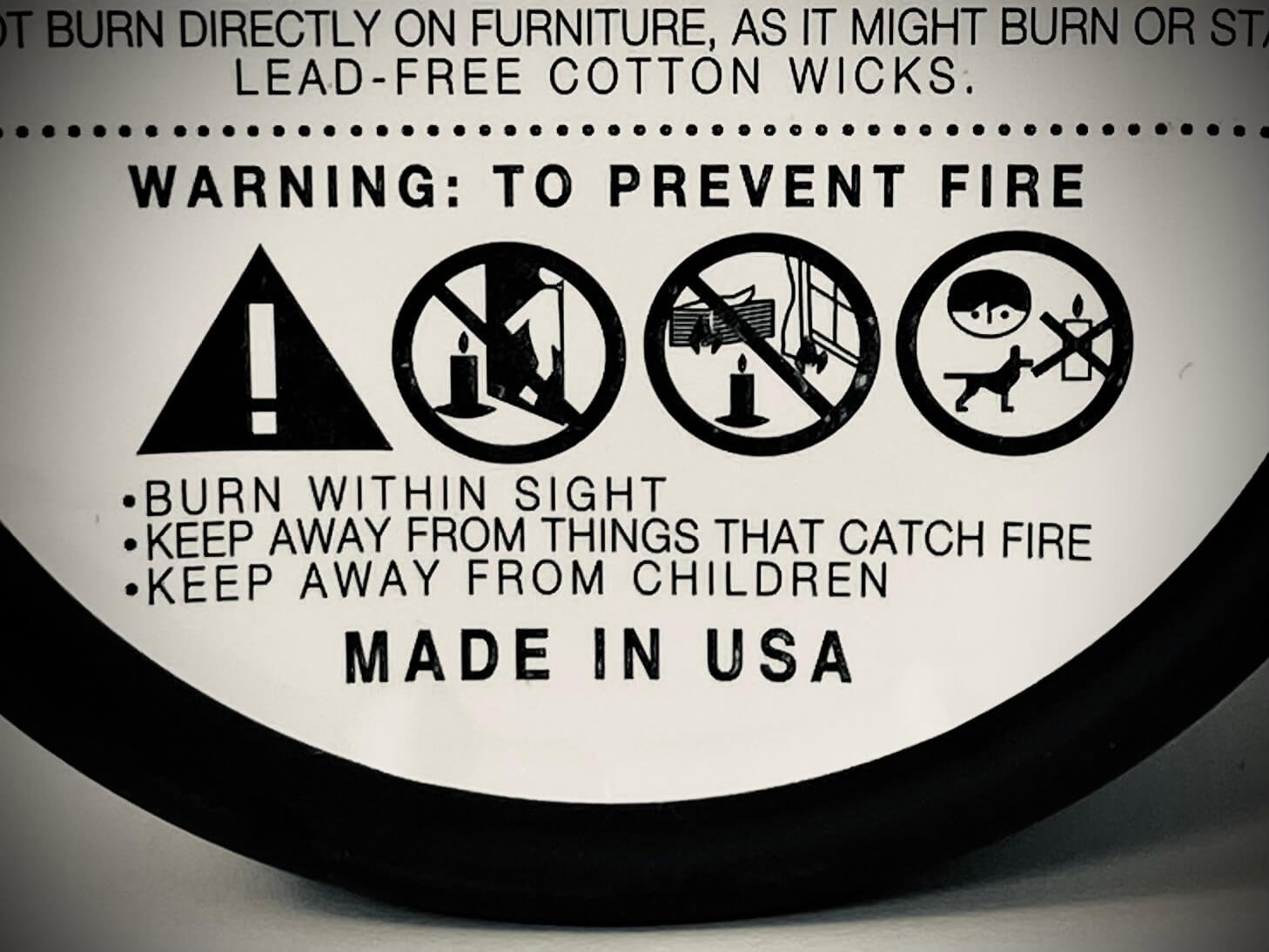Does Your Business Live Its Brand...?
"Do what I say, not what I do" is something we've all grown up with. And with brands, we've always been expected to believe what they say. Yet as United Airways and Under Armor have recently demonstrated, brands are increasingly defined by how they behave rather than by the stories they tell.
But behaviors can't simply be designed like some piece of marketing communication, or instructed by email. They depend on employees instinctively behaving in line with the brand, something the CEO of Under Armor failed to do when he spoke out in support of Donald Trump. And they require policies and processes lined up to deliver the brand, in contrast to United Airways where their own policies resulted in a customer being forcibly removed from his seat. In essence, the culture of the business needs to be living the brand.
To achieve this, I always start with three key questions:
Is it clear what the brand stands for, and does it inspire employees?
Of course, if employees don't know what the brand stands for, they can't be expected to behave accordingly. But inspiring employees requires more than good internal communication. We live in a world where nearly 70% of American employees are “not engaged” or “actively disengaged” according to Gallup. Rather, a brand needs a purpose that is grounded in improving people's lives in some way, so that employees believe that they are involved in something worthwhile, and not just in delivering company profits.
Is the brand hardwired into the policies and processes of the business?
This ensures that the brand can be delivered consistently. However, it needs to be done in a way that engages employees in the outcome, rather than constrains them to a cog in the machine. Apple stores, for example, gave their employees freedom to interact with customers rather than a sales target or a script to follow, and then developed a mobile checkout process to support them.
Do the KPIs reward the behaviors the brand seeks?
It's a truism that you get what you measure, so if your purpose really is to "Fly the Friendly Skies" (to use the United Airways example), then this needs to be measured and given equal weight to the financials.
However, underlying all this has to be a leadership committed to keeping the brand fresh and vibrant. Culture is not something that can be delegated to the CMO or HR, it's the responsibility of every leader from the CEO down. If they're not living and championing the brand everyday, then no amount of purpose, polices, processes, or KPIs will keep the brand culture alive. Without brand leadership from the top, it will gradually wither on the vine...









